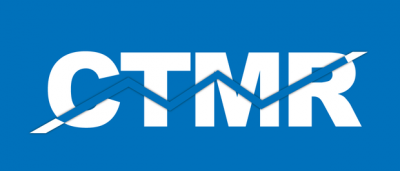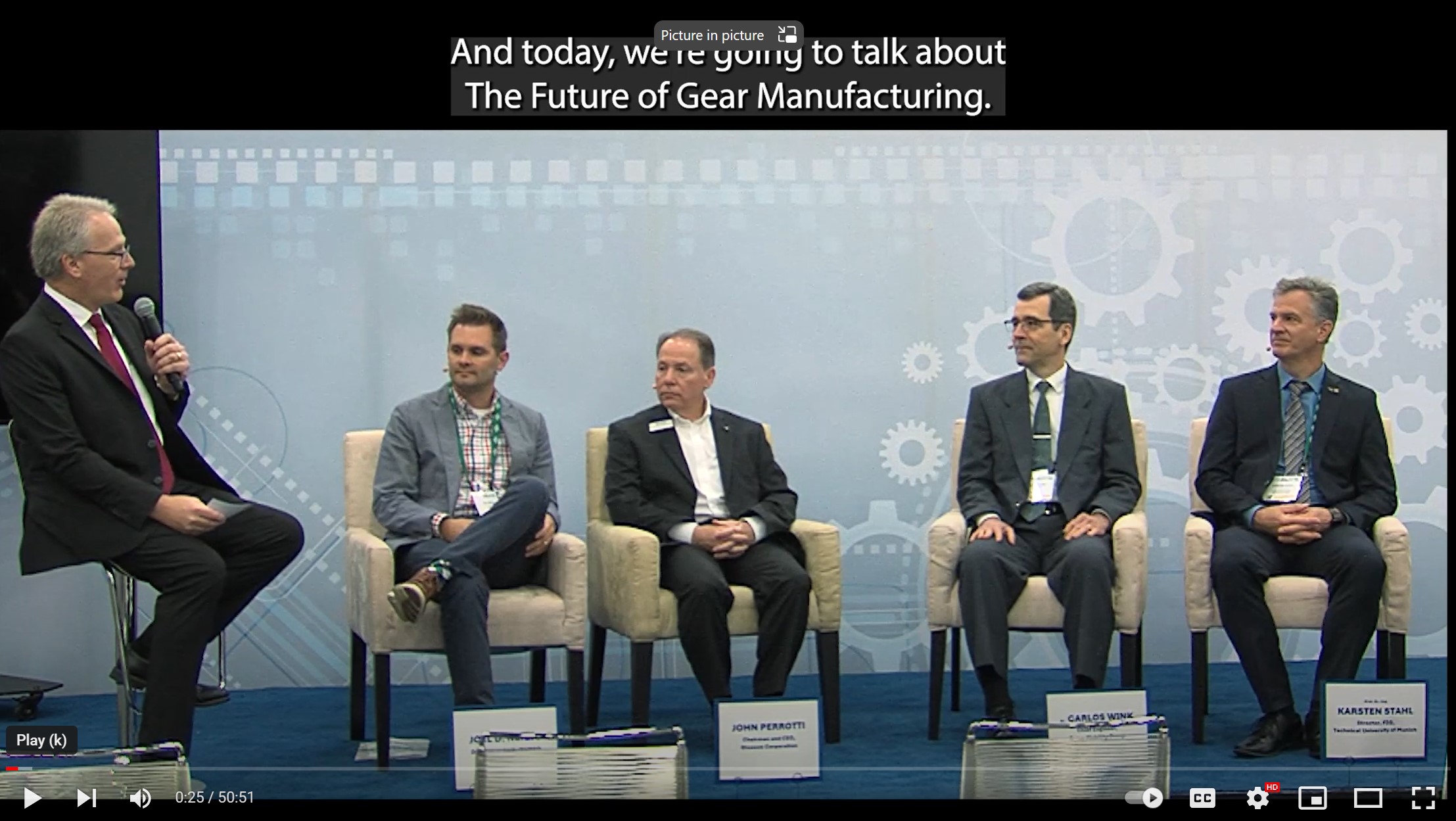April CTMR Report Finds Cutting Tool Consumption Down

April U.S. cutting tool consumption totaled $173.64 million according to the U.S. Cutting Tool Institute (USCTI) and AMT - The Association for Manufacturing Technology. This total, as reported by companies participating in the Cutting Tool Market Report (CTMR) collaboration, was down 5.7 percent from March's $184.08 million and down 15.0 percent when compared with the total of $204.34 million reported for April 2015. With a year-to-date total of $689.76 million, 2016 was down 10.3 percent when compared with 2015.
These numbers and all data in this report are based on the totals actually reported by the companies participating in the CTMR program. The totals here represent the majority of the U.S. market for cutting tools.
Steve Stokey, president of USCTI, states: "The cutting tool numbers continue to be negative in scenarios - month over month, year over year and year to date. While there is not much good news on the horizon as we head into the typically soft summer months of the business cycle, there is some optimism with the PMI moving over 50, but there is definitely a sense of caution as we move into the next 90 days."
Although the slower summer months are ahead, there are positive factors to keep in mind while looking forward to the coming months. "The cutting tool sector took a step backwards in April after showing some modest improvements over the last few months. Demand levels continue to reflect a movement to stabilization in a generally weak environment for manufacturing. This reflects the sluggish global economic growth with minimal gains in U.S. industrial production, the strong dollar, weak agriculture, oil and gas activity, and the rising election uncertainty," according to Eli Lustgarten, senior vice president at Longbow Securities. "Current headwinds are likely to continue in the near term with some added pressure from relatively flat automotive demand, material weakening in heavy truck production and ongoing significant weakness in coal mining. Despite talks of a possible interest rate increase from the Fed, we expect some modest improvement in the second half of 2016 as U.S. economic growth drives robust consumer spending and housing activity."





